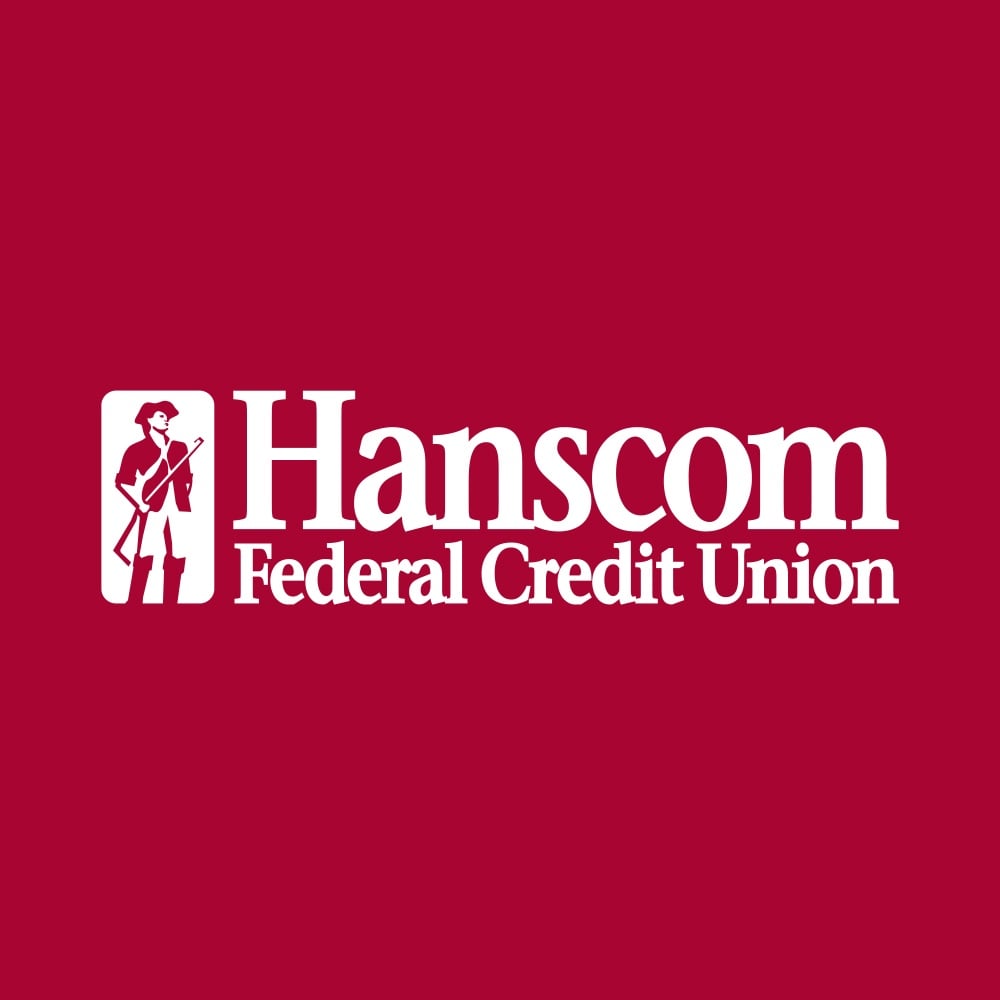If used carefully, credit can be a helpful financial tool. For example, using credit to purchase a home now, rather than trying to save up the whole purchase price, makes good financial sense. The home provides a place to live that will increase in value and the mortgage interest offers a tax deduction. Credit can also help you deal promptly with costly emergencies you shouldn't put off.
Many consumers turn to credit when faced with unexpected home or auto repairs, as well as medical emergencies. And credit offers convenience, enabling you to rent a car or hotel room or buy airline tickets over the phone or online. In many situations, credit offers peace of mind; there is no need to carry large amounts of cash when shopping or traveling.
Despite all the advantages and conveniences credit can provide, there are some pitfalls associated with credit use. Credit can be expensive. Interest rates (often ranging from 14.00% to 22.00%), finance charges, annual fees, and penalties can dramatically increase the cost of any purchase made on credit. (Hanscom FCU offers a low-interest, no annual fee Platinum Mastercard® credit card. Click here to learn more.)
Then, there's a tendency for some people to overspend on credit. It is much easier to spend more than you can afford when all you have to do is pull out the plastic. Overextension gets thousands of consumers into financial trouble every year.
It's possible to have the best of both worlds, though. Designing a realistic spending and savings plan so you are aware of how much credit you can afford, as well as comparing the cost of credit and shopping around for the best deals, will help you avoid credit trouble. (Our free Money Management Planner provides a great start, including a guide and tips for building a strong financial plan.)
Here are a few more tips:
- Keep your charge receipts in an envelope with a running total on the outside. If the total exceeds an amount you consider appropriate, you know it’s time to curtail your spending.
- Save monthly for expenses such as auto maintenance, holiday gifts, and the kids’ school clothes. That way you don’t need to use credit to cover these expenses, or, if you do charge them, you can pay the balance in full when the bill arrives.
- Monitor interest rates. Choose lower-rate financing options whenever possible.
- Limit the number of open credit card accounts you have. You don’t need more than one or two credit cards, and it’s much easier to keep track of your total outstanding debt with just a couple of accounts.
How Much Debt Is OK?
As a rule, no more than 15% of your net (take home) income should be committed to consumer debt payments each month. Another way to determine how much debt is appropriate for you to carry is to complete a family budget. The amount remaining after you deduct your monthly savings and living expenses from your net income is the most you should have going to debt repayment. If you’re sending more than that to your creditors each month, you may want to consider credit coaching to help you reduce your debt load.
Shopping for Credit
When shopping for a credit card, you should first decide how you plan to use it so you can compare the features that are important for you. It is important to understand the difference between a charge card and a credit card. The balance on a charge card must be paid in full every month. Paying only a portion of the bill will cause your account to be delinquent. A credit card allows you to carry a balance for as long as you want, provided you make at least the minimum monthly payment due.
If you will pay your credit card bill off every month, a low annual fee is important. If you usually carry a balance, look for the lowest interest rate. Shop for a grace period, the amount of time after your purchase during which finance charges are not assessed. Some banks and finance companies give you up to 30 “free” days, but it has to be at least 21 days. However, interest starts accruing immediately on cash advances; there is no grace period and the interest rate is higher than that applied to regular purchases.
Depending on your payment and credit use habits, you may also be affected by late and, possibly, over-limit fees.
If you have no credit or a bad credit history, you may be able to obtain a secured credit card. A secured card works just like a regular credit card except that you must leave a deposit—usually between $250 and $500 — with the issuing bank as collateral. If you default on your payments, the bank takes the money owed out of your deposit.
The interest rate and annual fee on a secured card are often a bit higher than on a regular card. But a secured card can offer you the convenience of a regular credit card and the opportunity to improve your credit record. When comparing cards, try to find one that does not charge an application or processing fee and confirm with the issuing bank that they will report your payment performance to at least one of the three major credit reporting bureaus, Experian, Trans Union, and Equifax. Make the most of this chance to build an unblemished credit report!
We put together a guide to help you make the best credit card decision for your needs. It includes a comparison chart to help you when shopping for a credit card. Download your free guide here.
Others are reading:














Comment